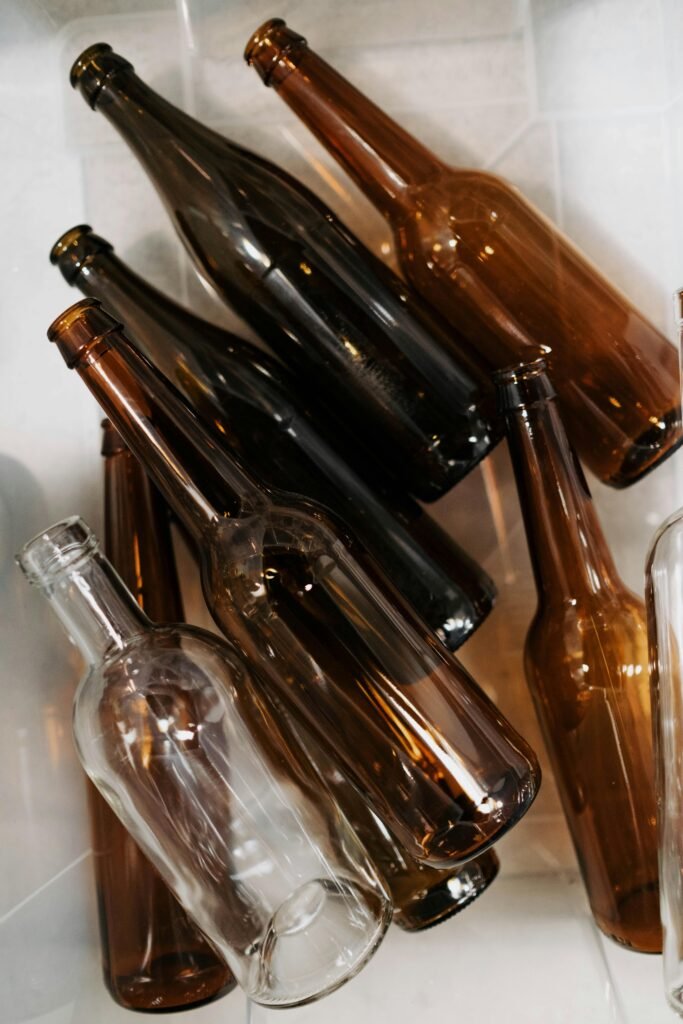Many states have enacted or are in the process of enacting Beverage Container Deposit Laws that will have ramifications on your packaging.
Meant as a step in litter prevention and reduction, these laws set up a deposit and refund system for beverage containers of various sizes and materials. Many states already have them in place for non-alcohol beverages, but now select states are expanding the rule to include alcohol beverages as well. Keeping up to date on the newest policy will be imperative in understanding how your packaging will be affected so you can adjust to avoid disruptions in your channels of sale or costly relabeling exercises. Changes will come sooner than you think.
According to the National Conference of State Legislatures, there are currently 10 states and 1 U.S. territory that have passed beverage container deposit laws.
- California
- Connecticut
- Hawaii
- Iowa
- Maine
- Massachusetts
- Michigan
- New York
- Oregon
- Vermont
- Guam
This trend is going to continue – if you haven’t already been affected by these new laws, you should prepare for that to change. Here’s a quick overview of what these laws mean and how you should get ahead of potential changes to your packaging.
How do Beverage Container Deposit Laws Work?
- Retailers are charged a deposit for each bottle purchased from the distributor and, in turn, customers are charged a deposit for each bottle purchased from the retailer.
- If the customer returns the bottles to their retailer or a redemption center, they receive a refund and, in turn, the retailer receives a refund if they return the bottles to their distributor.
- Deposit amounts vary by state and volume of container.
What States are looking to Pass a Beverage Container Deposit Law?
Currently, it looks like Rhode Island and New Jersey are aiming to pass legislation this year.
How do Beverage Container Deposit Laws affect my packaging?
If you are selling your spirits brand in any of the affected states or territory, you will need to ensure that your packaging includes the approved redemption value statement for every state you sell to that is included in this list.
How do I adjust my packaging to fit the redemption value statement?
This will vary from brand to brand, and it is imperative that you work closely with your designer or printer to find the best way to include the information with minimal impact. Keep in mind the following key points:
- Find an area that doesn’t interfere with your branding. For most packages, this will be somewhere on the back/secondary label, but the edge of a front label can work if you only have 1 label.
- Select the statement that works with your branding and label. States will often have several redemption value statements that you can choose from and comply with the law. Choose the one that fits best with your packaging.
- While you don’t want the redemption statement to be the focus of your packaging, it needs to be clearly stated, easily found, in a color that contrasts with the background color, on a piece of your packaging that is not removable, and meet the minimum lettering size.
How do I prepare to make the change?
- Check the regulations in all the states that you are currently selling to. Continue to follow the news for updates on which states are looking to pass a Beverage Container Deposit Law. Artisan Spirit and your local state guild are great resources to keep yourself up to speed on any potential changes.
- Review your packaging now. Look at the requirements for redemption value statements in other states and see if your current packaging would have the space to accommodate the new text. If not, you might want to think about adjusting your design now so that you can quickly add in a redemption value statement down the road. If your spirit is sold in a glass bottle (as opposed to an aluminum can), you may be able to add a sticker with the redemption value statement to tide you over to your next label order.
Photo by Cottonbro Studios from Pexels.
- The Private Label Opportunity and Bulk Spirits - March 25, 2025
- Bulk Spirits Opportunities & Your Brand - January 10, 2025
- Beverage Container Deposit Laws – Coming to a State Near You! - January 10, 2025


Leave a Reply